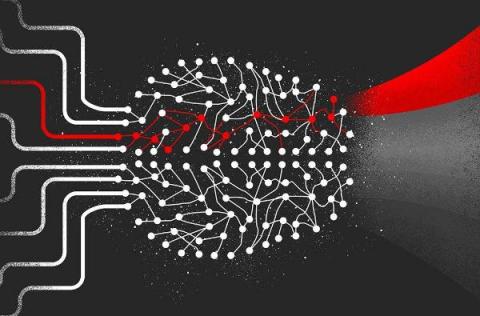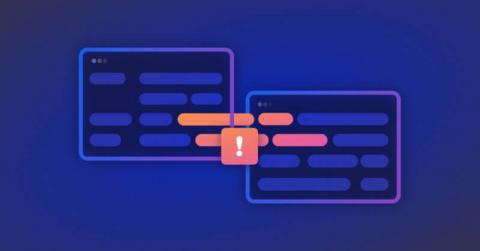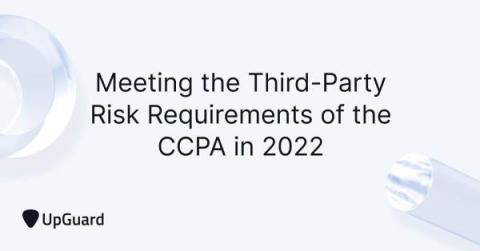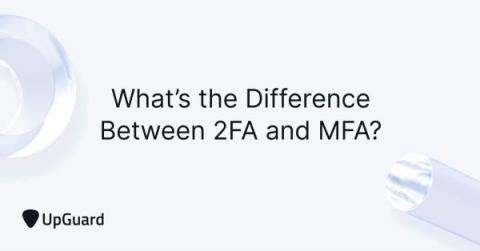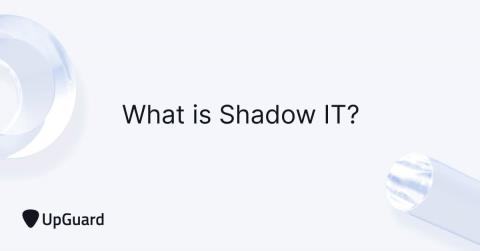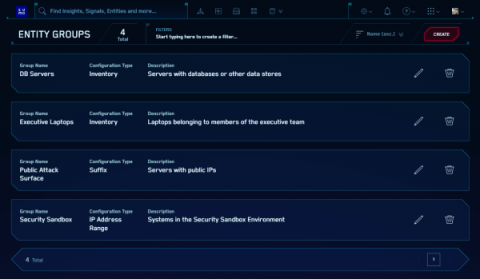Security | Threat Detection | Cyberattacks | DevSecOps | Compliance
Latest News
A Deep Dive into Custom Spark Transformers for Machine Learning Pipelines
CrowdStrike data scientists often explore novel approaches for creating machine learning pipelines especially when processing a large volume of data. The CrowdStrike Security Cloud stores more than 15 petabytes of data in the cloud and gathers data from trillions of security events per day, using it to secure millions of endpoints, cloud workloads and containers around the globe with the power of machine learning and indicators of attack.
Buffer overflow attacks in C++: A hands-on guide
A buffer overflow is a type of runtime error that allows a program to write past the end of a buffer or array — hence the name overflow — and corrupt adjacent memory. Like most bugs, a buffer overflow doesn’t manifest at every program execution. Instead, the vulnerability is triggered under certain circumstances, such as unexpected user input.
How to Develop a Risk Culture at Your Organization
How COVID-19 Affected and Caused Cyberattacks on Hospital Systems
Meeting the Third-Party Risk Requirements of the CCPA in 2022
Often regarded as the Californian version of the General Data Protection Regulation (GDPR), the California Consumer Privacy Act (CCPA) aim’s to increase consumer rights by giving California residents greater control over the use of their personal data. The CCPA heavily regulates the use of any data that could potentially link to the identity of a consumer or household, either directly or indirectly.
What's the Difference Between 2FA and MFA?
Two-factor authentication (2FA) is a type of multi-factor authentication (MFA). Both authentication solutions provide additional account security by requiring additional factors of authentication. To understand how exactly 2FA and MFA differ, it’s firstly important to understand the concepts of authentication and factors of authentication.
What is Shadow IT? When Staff Revolt Against the IT Department
Shadow IT includes any unsanctioned apps or hardware used by employees that fall outside of those managed by the IT department (sanctioned apps). Shadow IT is often used as a workaround to functionality or usability gaps created by an organization’s known IT resources. Large organizations have multiple departments with widely differing information technology (IT) needs.
Meeting the 3rd-Party Risk Requirements of The NY SHIELD Act
The Stop Hacks and Improve Electronic Data Security (SHIELD) Act is designed to protect the personal data of all New York residents. This act broadens the data privacy and protection standards stipulated in the Gramm-Leach-Bliley Act (GLBA) and the New York Department of Financial Services (NYDFS). What makes this particular data protection law unique is its inclusion of biometric information, usernames, and passwords in the category of personal information.



